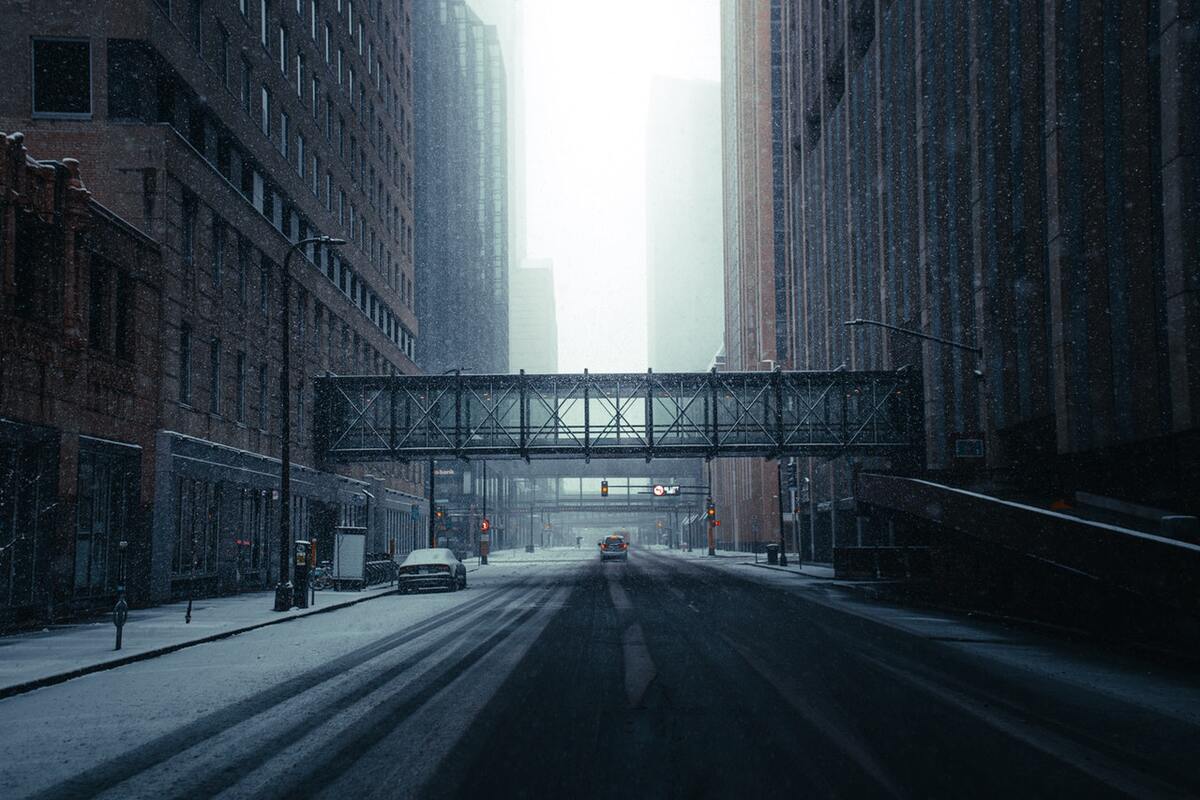Weatherization Techniques for Commercial Properties

As fall begins, professionals take advantage of the cool weather and low precipitation rates to conduct commercial property repairs. Fixing structural damage and upgrading internal systems can improve a company's sustainability. Before evaluating specific weatherization techniques, individuals must assess their importance within the industrial sector.
What Is the Importance of Weatherization?
Weatherization protects a building from damage related to the elements. Limiting hazards and destruction increases the eco-friendliness of a structure, decreasing material waste. It also improves the efficiency of internal systems.
Reducing cracks and improving insulation lowers utility costs, helping a business save money over time. Weatherization also decreases heating, ventilation and air conditioning (HVAC) systems' electricity consumption, reducing greenhouse gas emissions. When companies shrink their carbon footprints, they also increase their appeal to eco-consumers.
Business owners can also show their employees they care by increasing an office's stability in the winter. Improving indoor air quality can protect a worker's health. Reducing localized air pollution from HVAC stress also helps prevent respiratory illnesses.
Enhancing the energy efficiency and safety of a building can significantly improve a work environment. Professionals can weatherize a commercial structure using four standard techniques. Over time, employers can save money and improve their sustainability by conducting repairs in the fall.
1. Improving IAQ With Efficient HVAC Systems
Last winter, indoor air quality (IAQ) became a significant public concern. In the midst of a respiratory-related pandemic, individuals needed to ensure the health and safety of the air in their offices. Employers can improve IAQ in winter by enhancing or replacing their HVAC systems.
Adding a smart thermostat reduces localized air pollution while decreasing energy costs. The system accesses real-time weather readings, adjusting indoor temperatures to conserve electricity. It also uses motion detection sensors to turn an HVAC system off in a vacant building.
Smart thermostats also decrease stress on HVAC systems, enhancing their longevity. Weatherization professionals can increase the efficiency of temperature control devices by sealing air leaks. Conducting a whole building inspection helps individuals caulk all cracks, increasing utility savings by 10%-20% on average.
Employers can also have a professional inspect the building's HVAC system itself. They may need to replace outdated systems to improve the space's general efficiency. Professionals can also enhance a structure's insulation, decreasing emissions and utility costs.
2. Installing Insulation
Adding insulation to a building is the best way to keep cold air out in the winter. Heat rises naturally, causing controlled indoor air to escape through the roof. Similarly, basements and ground floors allow cool air in, decreasing the efficiency of inside heating systems.
Companies increase the energy efficiency of their HVAC systems and the sustainability of their building materials by installing cellulose insulation. It derives from recycled paper, decreasing landfill waste. Manufacturers treat the material with borate to reduce its flammability and pest interference.
Preventing heat loss from inadequate insulation improves the sustainability and weather resistance of a building. Similarly, improving a roof's condition may enhance a structure's efficiency.
3. Inspecting the Roof
Unstable rooftops can create hazards when snow piles up and adds weight. Professionals may prevent structural damage by inspecting roofs before winter arrives. They should look for visual damage, cracks, rotting and gutter clogs to reduce the risk of leaks and heat loss.
Melting snow and ice can pool up on a roof. This may produce sagging and cause a rooftop to fall in. It can also promote vegetation growth and insect infestations.
If ice accumulates on a rooftop in the winter, pooling, cracks and visible damage can develop. The thawing and refreezing processes influence material sizes, causing permanent issues. Professionals can improve a roof's stability through the winter by establishing efficient water removal routes.
Clearing the gutters and installing new materials can prevent pooling. Replacing flat rooftops with pitch versions may also increase the efficiency of snow removal. Conducting repairs in the fall can limit interference from extreme weather occurrences.
4. Adding Slip-Prevention Features
In the winter, individuals unknowingly carry snow into buildings. Depending on the number of employees, a significant amount of water can quickly accumulate on the floor. Slips and falls are two of the top causes of injuries at work.
Professionals can prepare buildings for winter weather by adding mats to absorb excess liquid near points of entrance. They may also replace slippery materials with coarse alternatives, adding traction. Employers additionally can regulate their floor cleaning products.
Some solutions become slick when interacting with water. Using well-researched and monitored products can increase workers' safety. Reducing hazards in the office can improve employee's morale and make them feel valued.
Weatherization Techniques for Commercial Construction
Professionals can take the first step toward weatherizing a building by conducting an energy audit. The findings will help them identify power loss regions and improve their efficiency. Individuals can evaluate the data, enhancing insulation for heat loss or repairing the roof to minimize general leaks. Their property will then be ready for whatever weather blows its way.



